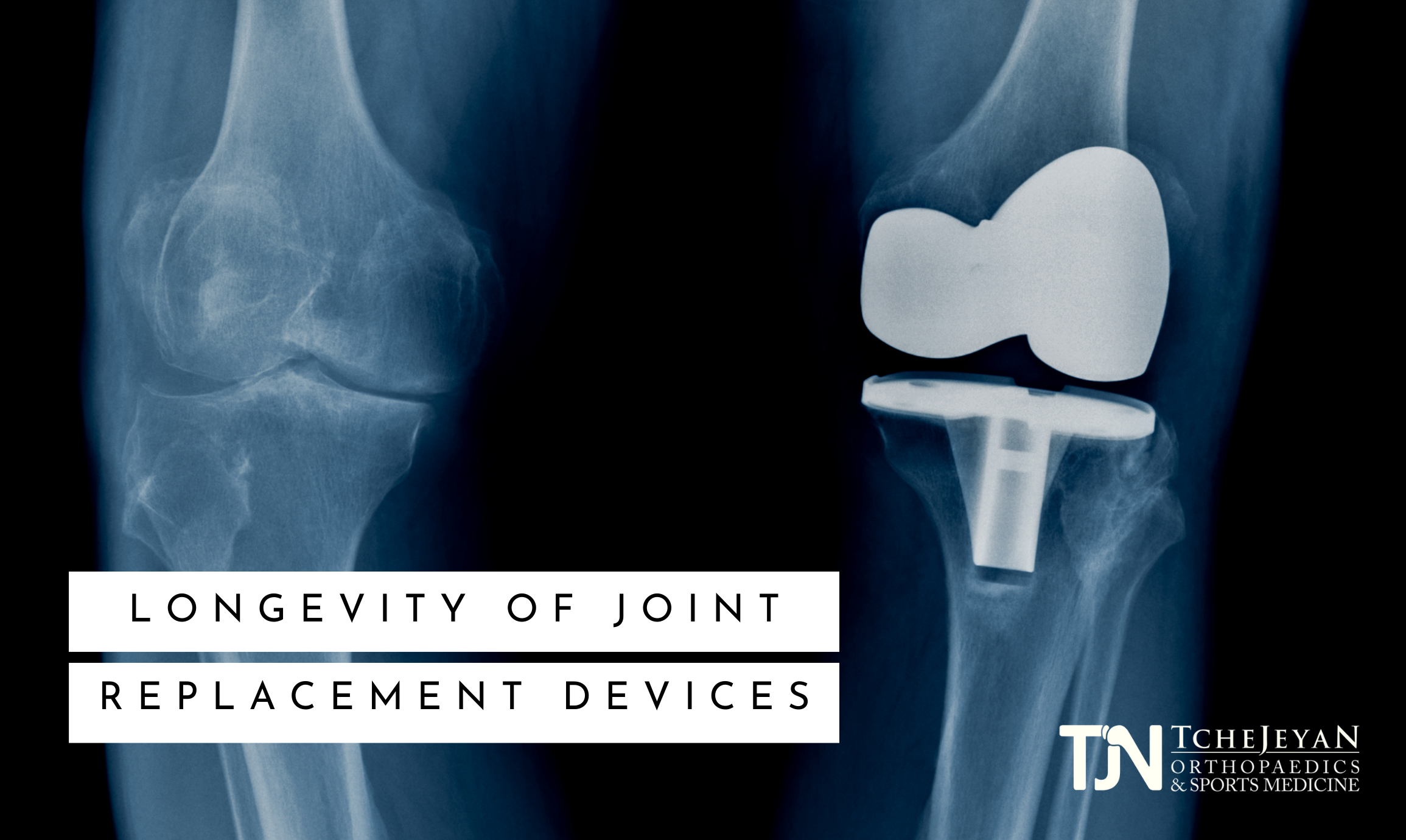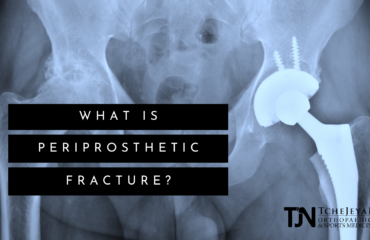The longevity of a joint replacement is a common concern for patients – so much so that it’s often the reason for them delaying surgery. They fear the device might deteriorate and they won’t experience restored functionality long enough to make surgery worthwhile. With the goal of restoring the patient’s health and physical capabilities, Dr. Tchejeyan never likes to see a patient steer clear of a joint replacement. He especially doesn’t want to see that if, in fact, surgery is their proper treatment. Having practiced alongside the development of joint replacement technologies for over 20 years, Dr. T. is more than qualified to clear the air regarding the misconceptions about the longevity of devices.
The Evolution of Joint Replacement Materials
The materials used in joint replacements today can last up to 30 years. The common myth that an implant’s “shelf life” is less than a decade comes from the reputation of materials used decades ago. In the 1970s, joint replacements were surely not as common, and when they were performed, it was primarily in cases of crippled or otherwise debilitated patients. Hip replacements were most common at the time, and the implants – which only came in three sizes (small, medium & large), were often cemented in place. Thankfully, orthopedic implants have come a long way since then!
Today’s implants are made of metal and polyethylene. The weakest link to these implants’ longevity is and was polyethylene. When that material wears out over time, small particles form in the body and get absorbed around the bone, resulting in osteolysis. Osteolysis occurs when the body recognizes such particles as something foreign and it then damages the surrounding bone, making the joint loose. The metal parts don’t wear out, but this deterioration can be unpleasant, to say the least. However, this situation only arises if the surgery wasn’t performed with precise alignment. In over 21 years of practice, Dr. Tchejeyan has never once had to revise someone’s polyethylene implant because it wore out. In fact, his general revision rates are some of the lowest in the nation! This is thanks in large part to his precision and accuracy in aligning the joint. He compares it to a car’s alignment.
“Proper alignment in joint replacement surgery is the key to longevity. It’s like the tires on your vehicle. If the tires on the car are properly aligned, the tires will experience wear, but they will experience a long ‘life’ of functioning for that vehicle. On the contrary, if the tires are not properly aligned, they wear out far sooner than they should. Likewise, proper alignment in surgery allows for an even load that creates a wear pattern consistent with normal use. These cases can see up to 30 years of functional use from a properly balanced implant.”
-Dr. Gregory H. Tchejeyan
Modern Improvements Make For Safer & Longer Lasting Implants
Over the years, joint replacements in the orthopedic field have come a long way. The longevity of any device is best measured by how many surgeries require revision. It’s true that the device can loosen and need to be exchanged, but Dr. T. sees his surgical patients every few years for x-rays to ensure things are still looking normal. He hasn’t once had to revise a polyethylene implant for pure wear.
In the past, the polyethylene pieces used to be sterilized in the open air, allowing free radicals to enter the material and break it down faster. Now, the process has been changed and the polyethylene is impregnated with Vitamin E, which acts as an antioxidant and slows down the degradation of the implant.
Another way Dr. T. ensures the longevity of joint replacement devices is by using state-of-the-art technology in his field. The precision offered by the Mako robot helps to ensure proper alignment – the number one way to guarantee a longer-lasting joint. Operating out of Specialty Surgery Center, Dr. Tchejeyan is board-certified orthopedic surgeon who employs the use of the Mako for minimally invasive surgical procedures. With a plethora of benefits to the surgeon and the patient alike, robotic surgery is becoming the leading method in joint replacement effectiveness. Learn more about this technology and Dr. Tchejeyan at www.TJNOrtho.com or contact the office today!




